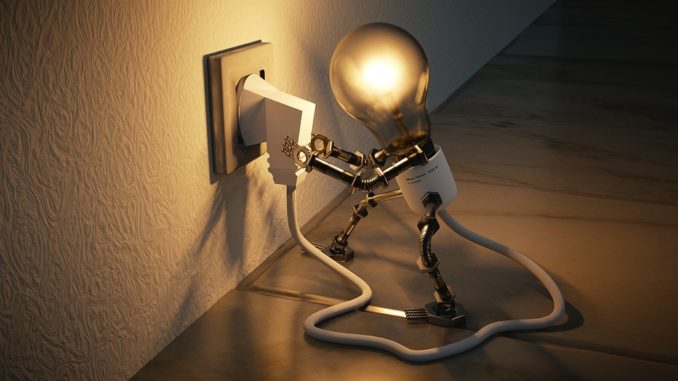
Lighting is a key consideration in the design of education buildings, playing its part in creating the right atmosphere for learning; factors such as energy efficiency, pupil concentration and value for money all come into play. We ask the experts what today’s classroom lighting should deliver
“There are a number of things that need to be taken into consideration when it comes to lighting in schools,” says David Neale, marketing manager at Sylvania UK. “Teaching establishments are where ideas are cultivated, and young talent is nurtured, so it’s vitally important for good quality lighting to be installed to aid the learning process.”
A raft of standards and regulations must be adhered to when installing lighting into education buildings, and each area of the school has different requirements. “Whether it’s a gymnasium, corridor or a science or technology classroom, it’s important to understand the relevant standards and how – and where – they apply,” David continues.
As for the type of lighting products required for education buildings, these differ immensely from those in a home or other small building. “Factors such as environmental conditions, health and wellbeing and cost-cutting are essential considerations in the education sector. Products which are unified glare rating (UGR)-compliant are a necessity within a classroom environment. LED UGR-compliant fittings remove the risk of glare, lowering the possibility of eyestrain leading to headaches,” explains Jay Taylor, senior lighting design engineer, Luceco.
Staff and pupil wellbeing
In addition to reducing the likelihood of headaches, a school’s chosen lighting system can impact on the health and wellbeing of pupils and staff in other ways, too. “Within schools, colleges and universities concentration is extremely important and, with the right luminaires, an increased level of focus can be achieved over a longer period of time,” says David.
“It is important to understand that the correct luminaire choice and installation, coupled with professional lighting design, has the power to affect moods and productivity within the classroom,” Jay continues. “Educational buildings should be well-lit to stimulate and encourage alertness, whilst also supplying a comfortable learning environment.” Meanwhile, amenity areas – such as canteens and break rooms – should afford a relaxing space to unwind, he adds.
One of the biggest trends currently seen in the lighting industry is the use of smart controls. According to Jay, insights show that around 80% of new projects in the education sector now require lighting control systems. Controls can be extremely beneficial to schools, allowing lighting to be used flexibly in line with – for example – levels of natural daylight, or occupancy of the space.
“Schools and classrooms often feature many windows; with daylight sensors, illumination can be tailored to utilise the existing daylight to the maximum, meaning no wasted lighting. Educational institutions can also contain many areas that are intermittently used, like hallways and storage areas. Lighting controls offer the perfect solution by allowing light to be dimmed in these areas when not in use,” says David.
“Emergency settings and passive infrared sensor (PIR) devices prove to be fundamental as they allow the user to limit the amount of wastage and running costs over quiet periods, such as weekends and school holidays. Movement activates PIRs, and smart devices that allow for emergency settings can control lighting levels from a remote location,” adds Jay.
These energy efficiencies – which can result in cost-savings – are key to schools. “Lighting can account for over 50% of the electricity costs in a school building,” David concludes, “presenting a great opportunity to bring about instant efficiencies.”
And any opportunities to create efficiencies within the school – particularly instant ones – are music to a SBM’s ears!
Don’t forget to follow us on Twitter, like us on Facebook, or connect with us on LinkedIn!

Be the first to comment